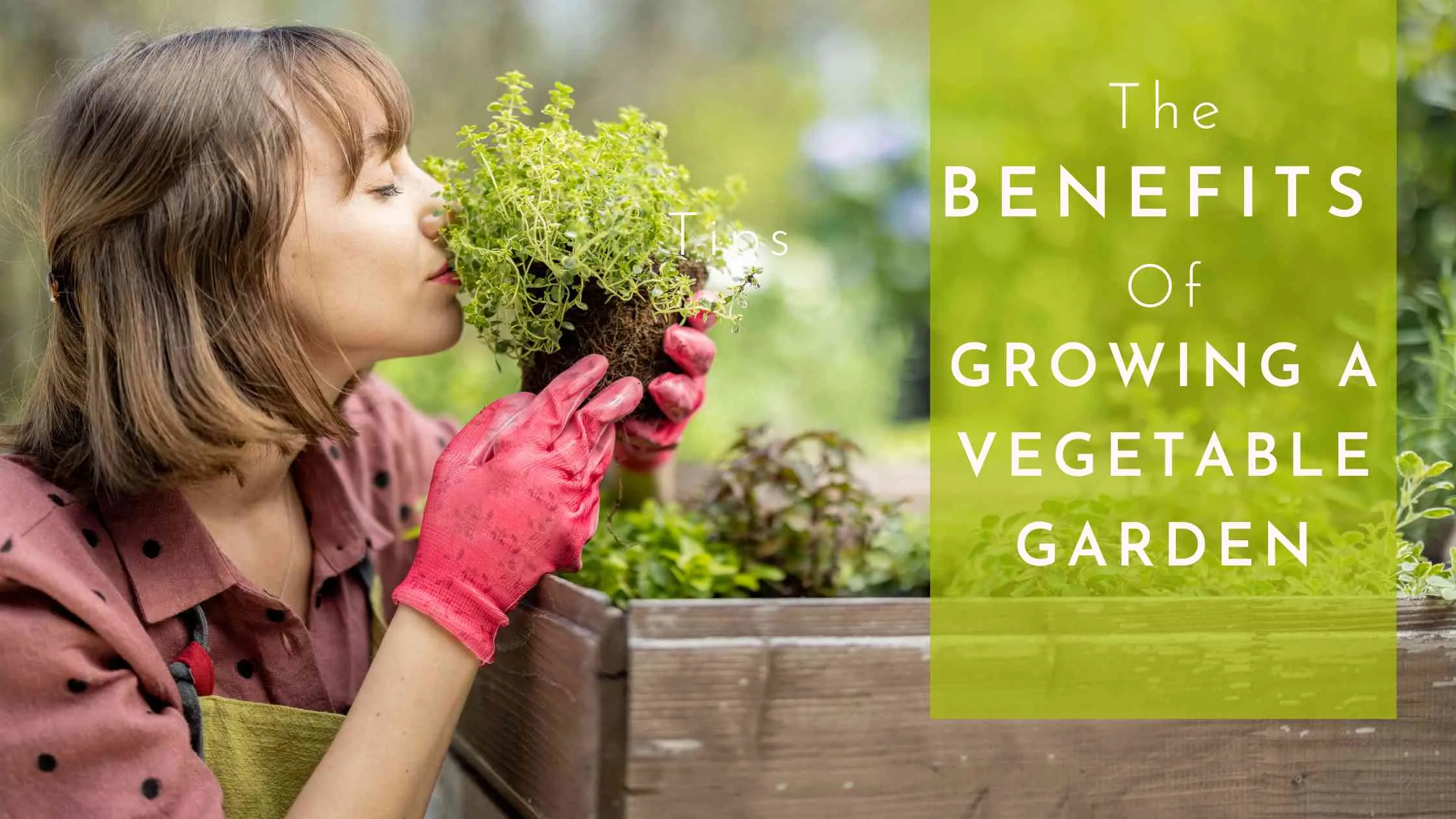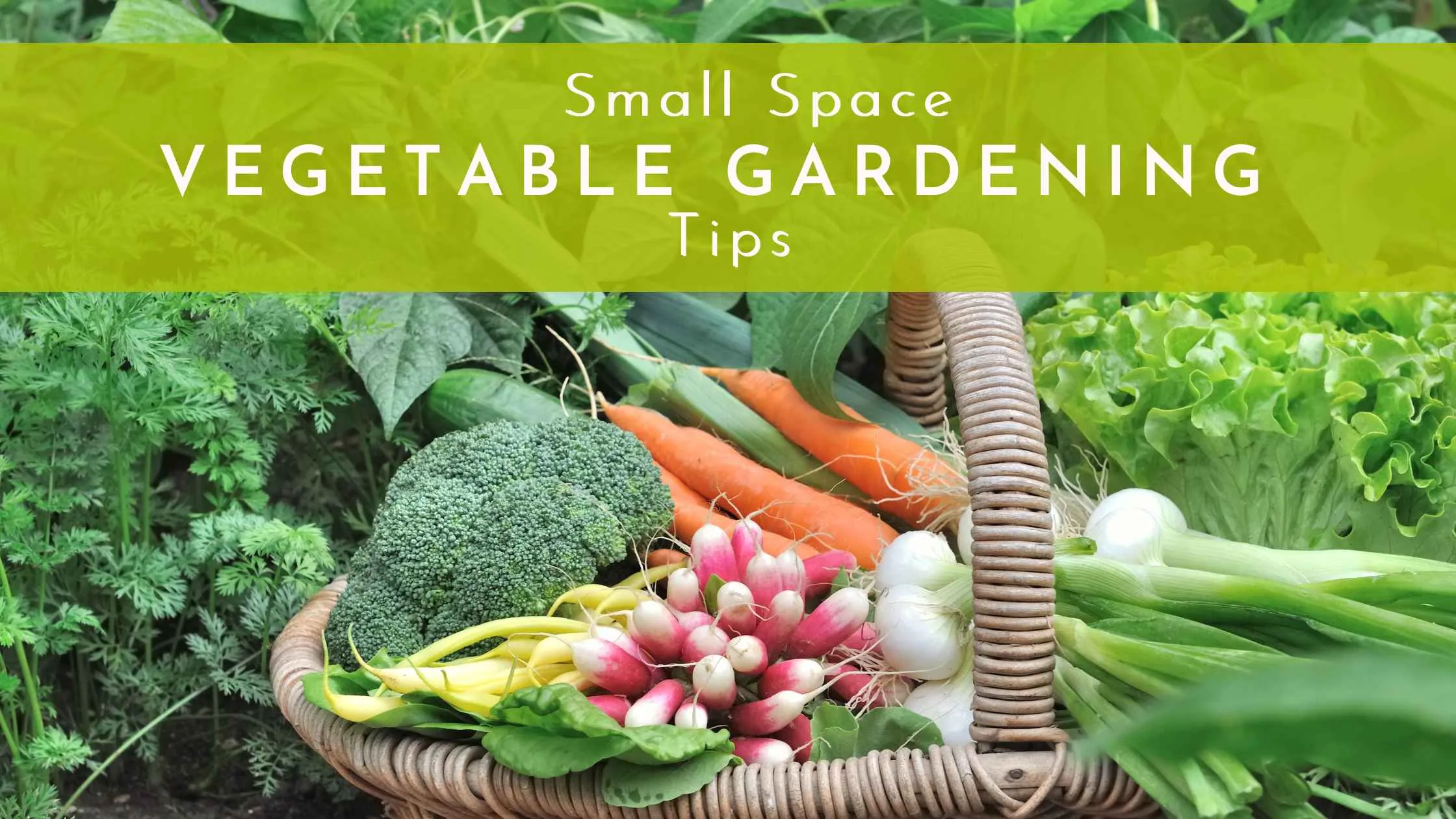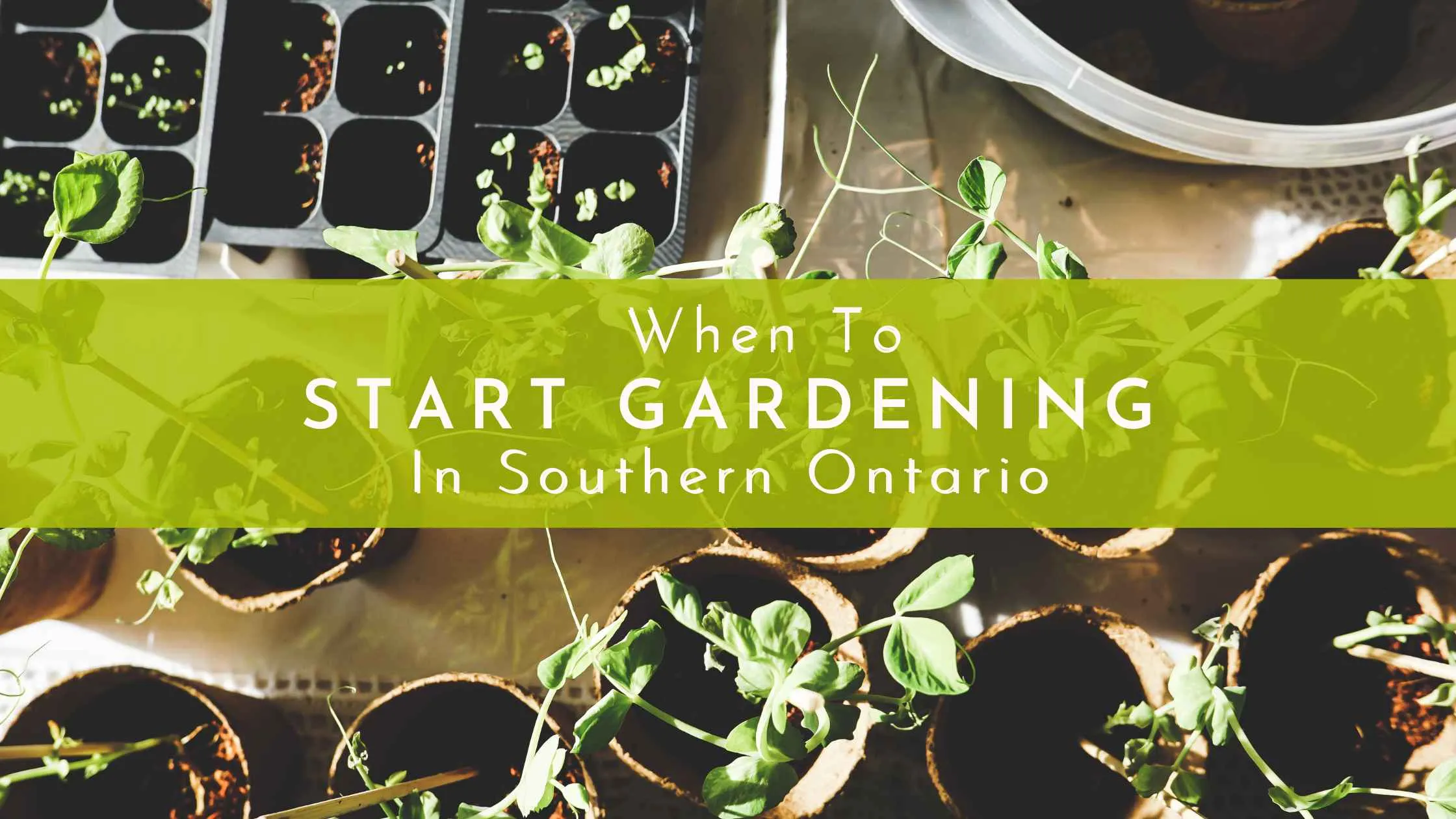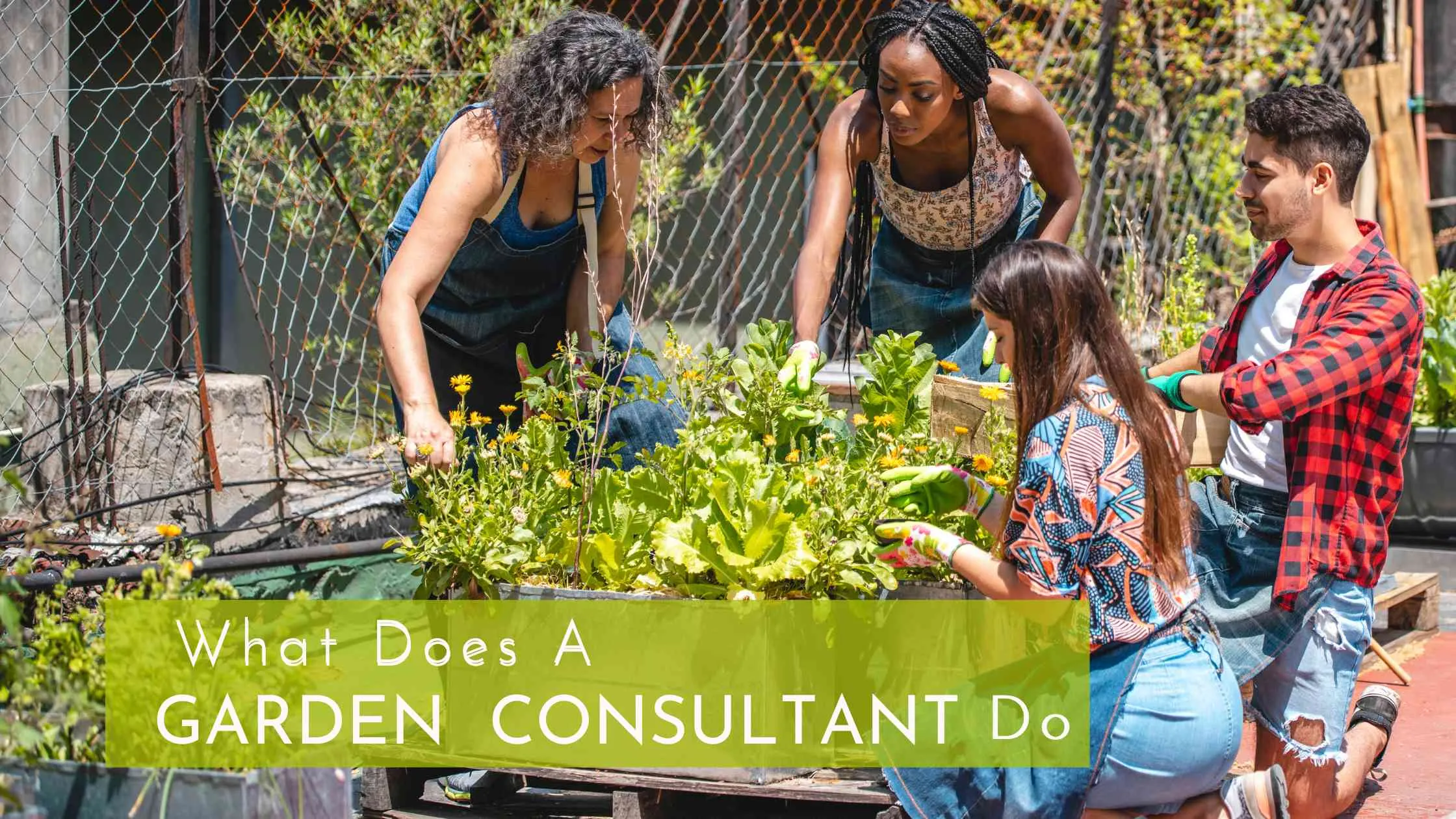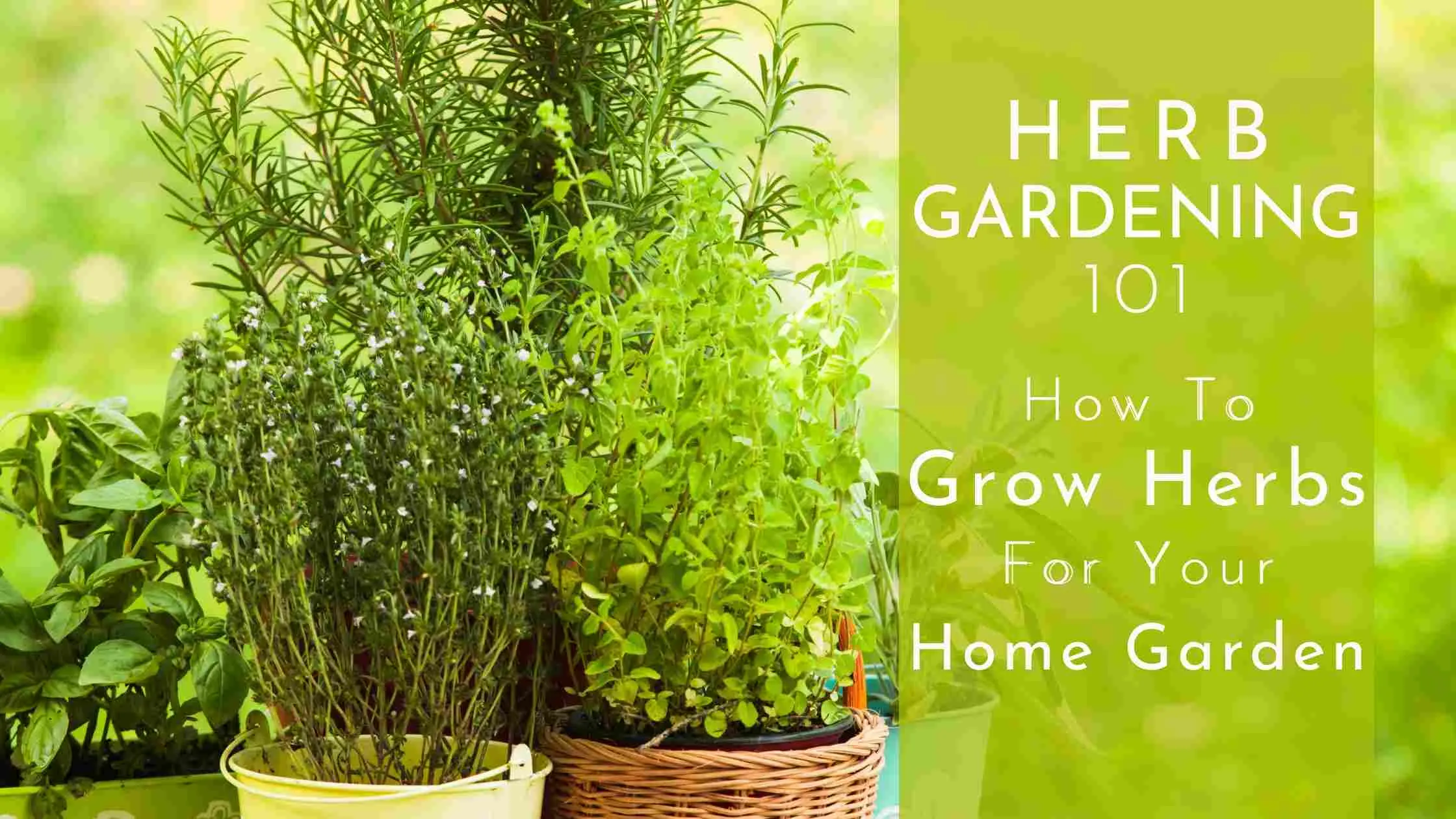Do It Yourself Raised Garden Beds
If you’re looking for an efficient way to grow your own vegetables, herbs, or flowers in a small space, raised garden beds are the perfect solution. Not only do they help manage soil quality and drainage, but they’re also easier on your back and knees! The best part? You can create a raised garden bed perfectly customized for your space with just a few basic materials.
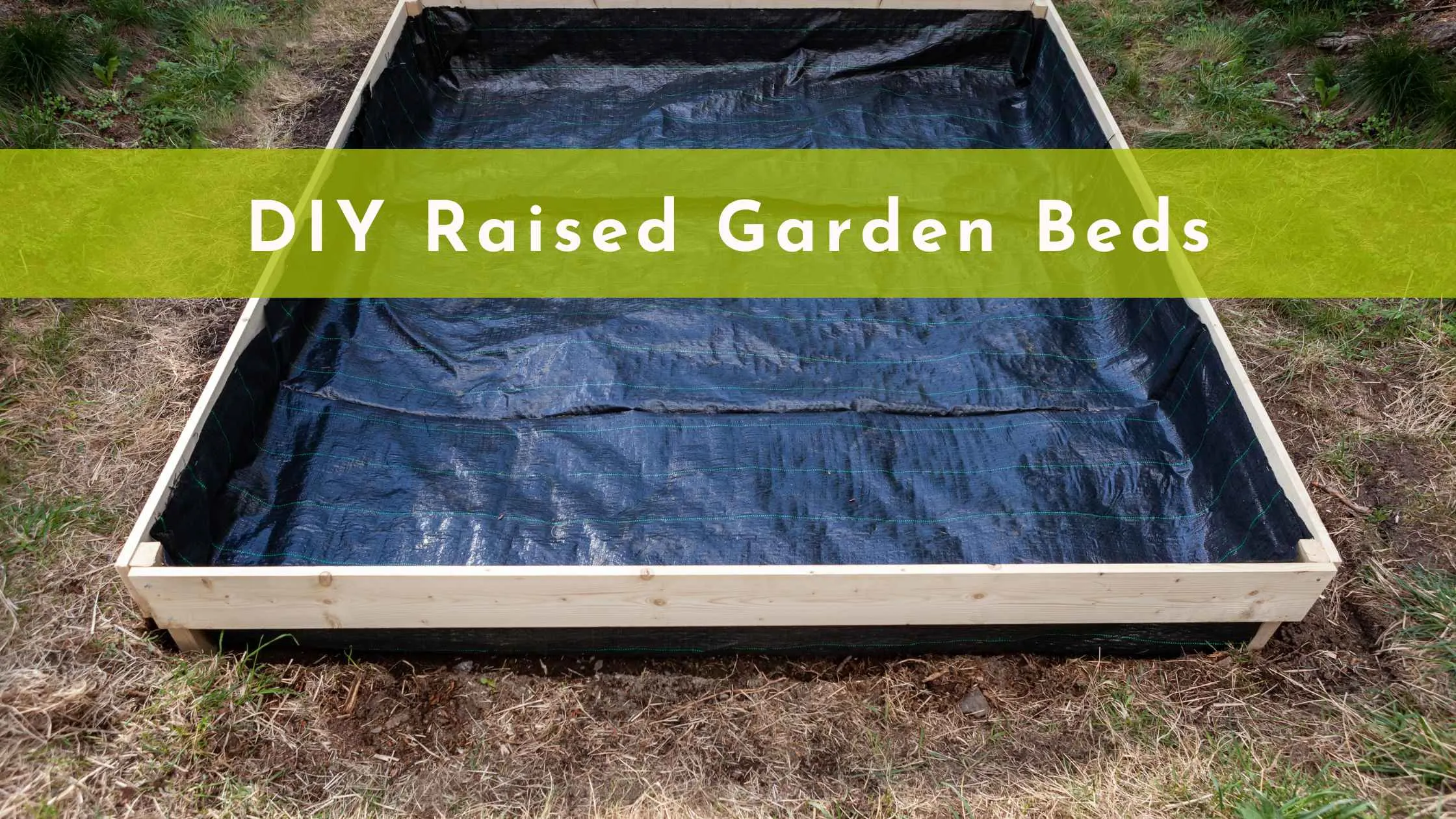
Whether your garden sits on a flat surface or your garden is on a slope, this guide will show you how to build an organic, DIY-raised garden bed.
Why Build Raised Garden Beds?
Raised garden beds have become increasingly popular, and for good reason. Whether you have a small patio or a backyard, they offer several benefits over traditional in-ground gardening:
- Control Soil Quality: With raised beds, you choose the soil, which means you have total control over nutrient levels, pH balance, and soil texture. This is especially helpful if your natural ground soil is poor or filled with weeds.
- Improved Drainage: Raised beds naturally improve drainage, preventing root rot and allowing you to garden even in areas prone to waterlogging.
- Pest and Weed Management: Building raised beds creates a physical barrier that deters pests like slugs and makes weed control easier.
- Accessibility: Since the soil is elevated, gardening becomes more comfortable—no more constant bending or kneeling, making it great for gardeners of all ages.
Materials for DIY Raised Garden Beds
Choosing suitable materials is crucial for building long-lasting, eco-friendly raised beds. Since we’re all about natural and organic gardening, let’s focus on sustainable materials that will help keep your garden safe and chemical-free.
- Untreated Wood (Cedar or Redwood): These are popular choices because they resist rot naturally and can last for years. Avoid pressure-treated wood as it contains chemicals harmful to plants and soil.
- Recycled Materials: Old bricks, cinder blocks, or even stones can be repurposed to create sturdy and eco-friendly garden beds. These are great for reducing waste and saving money!
- Metal or Composite Materials: While slightly more expensive, these options can withstand harsh weather conditions and last longer, especially if you live in an area with heavy rainfall.
For an in-depth look at material options, explore our guide on Building Raised Garden Beds on a Slope, which includes sustainable choices for sloped terrains.
Designing Your DIY Raised Garden Bed
Once you’ve chosen your materials, it’s time to design your garden bed! The size and shape will depend on your space and the plants you want to grow, but here are some key tips:
- Size Matters: A 4x4-foot or 4x8-foot bed is common and allows easy access to plants from all sides. Aim for a minimum depth of 12 inches to accommodate most plants’ root systems.
- Placement and Orientation: Position your bed in a spot that receives at least 6-8 hours of sunlight daily. Make sure the area has good drainage and isn’t prone to pooling water.
- Aesthetic Considerations: Raised beds not only make gardening easier—they can also enhance the look of your garden. Add borders or trellises for a decorative touch, or create a multi-level effect for extra flair!
When building on a slope, raised beds can even help control erosion while adding a dramatic, tiered look to your landscape.
How to Build Raised Garden Beds on a Slope
Speaking of slopes, building a garden bed on uneven terrain might sound tricky, but it’s completely doable! Here’s a quick overview of the steps:
- Assess the Slope: First, determine the angle of your slope. A steeper slope will require more support and terracing, while a gentle slope may only need minor adjustments.
- Terrace and Level the Ground: For steep slopes, terracing is fundamental to preventing erosion. This involves creating flat sections of ground where your raised beds will sit.
- Build the Frame: On a slope, you’ll need to build the downhill side of the bed higher than the uphill side to create an even planting surface. Use stakes or anchors to ensure the structure remains stable over time.
- Fill with Organic Soil and Compost: Since water drains more quickly on slopes, it’s important to use rich, moisture-retaining soil. A mix of organic soil, compost, and mulch works wonders.
Step-by-Step Guide to Building a Standard DIY Raised Garden Bed
Ready to start building? Follow these simple steps to create your own raised garden bed in just a few hours:
- Gather Your Materials: You’ll need wood (or your chosen material), screws, nails, corner brackets, soil, compost, and basic tools like a saw, hammer, and drill.
- Prepare the Ground: Clear the area of weeds and grass. Level the ground to ensure even soil distribution and proper drainage if necessary.
- Build the Frame: Cut the wood to the desired lengths and assemble the frame. Make sure the corners are securely fastened with nails or screws, and use a level to check for accuracy.
- Fill with Organic Soil: Layer the bottom with organic compost, then top it with high-quality organic soil. You can also add a layer of mulch to help retain moisture.
Organic Soil and Fertilizer for Raised Garden Beds
To grow healthy, organic plants, the right soil and fertilizers are essential. Here’s what we recommend:
- Organic Soil: Choose soil rich in organic matter, free from synthetic fertilizers or pesticides. Look for brands that are certified organic.
- Natural Fertilizers: Compost, worm castings, and fish emulsion are great choices. They provide nutrients without harming the environment or your plants.
Pro Tip: Regularly mixing compost into your soil will keep it fertile and boost plant growth throughout the season. For a more immediate boost, you can use some compost tea.
Maintaining Your Raised Garden Bed
Once your raised bed is built and planted, regular maintenance will keep it thriving for years to come.
- Watering: Raised beds tend to dry out faster, so water deeply and less frequently to encourage strong root growth. Adding mulch can help retain moisture.
- Seasonal Maintenance: Add compost or cover crops in the fall to enrich the soil for the next growing season. Keep an eye on pests and diseases, using organic solutions like neem oil or beneficial insects.
Bonus Tips for Customizing Your Raised Garden Bed
Want to take your DIY raised garden bed to the next level? Here are some creative ideas:
- Vertical Gardening: Add a trellis or hanging planters to grow more in a small space.
- Modular Beds: Build multiple raised beds in a grid or tiered layout to maximize planting space and visual impact.
- Companion Planting: Combine flowers and vegetables to create a beautiful, productive garden, attracting pollinators and deterring pests.
Conclusion
Building your own raised garden bed is a rewarding project that pays off in fresh produce, beautiful flowers, and a more sustainable lifestyle. By following this guide and using organic materials, you’ll be able to create a vibrant, eco-friendly garden no matter how big (or small) your space is—even if it’s on a slope!


